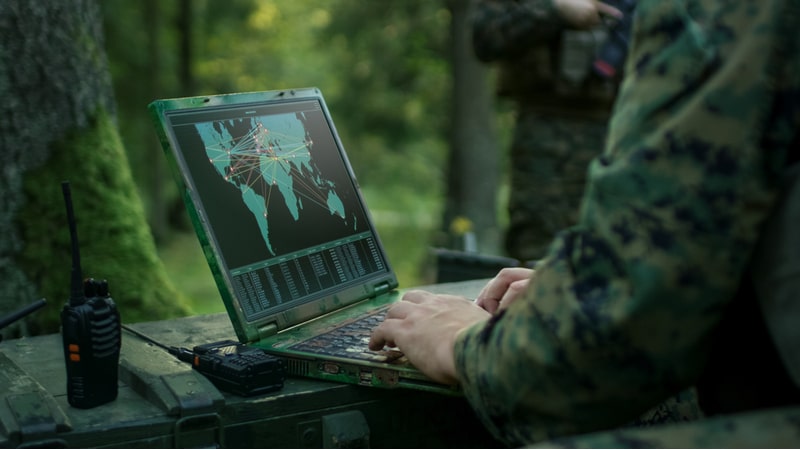
The U.S. Department of the Army has emphasized the importance of aggregating data into a virtualized and centralized capability to meet mission imperatives and the needs of its civilian and military workforce, according to an agency official.
Jock Padgett, the chief technology officer for the XVIII ABN Corps at the Army, explained that to gain an information advantage over adversaries the service branch must have the “ability to aggregate data from all of its disparate networks and systems into one virtual centralized capability that has just a ton of different feeder sources that continuously and automatically updates.”
“What we’re looking at is how do we integrate and connect from the tactical edge to the strategic edge. So, that speed and that quality and that accuracy and all that is built into the system is going to help us do that,” he said during Defense One’s virtual event on Mar 2.
Padgett explained that historically the service branch would function in pockets of excellence where data was not easily aggregated, available to those that needed it, or would take too long to get to their hands. But via these new digital means, the Army can produce some level of analysis by aggregating data and making it available to those who need it.
“We’re able to get a better sense of what’s happening on the battlefield across their warfighting functions. We have the ability now to take something from another warfighting function, discrete data objects, and then move that across other warfighting functions,” Padgett said.
In addition, he explained the advantage of using technology to aggregate data is speed. Utilizing technology to aggregate data provides the service branch with the ability to in real-time share insights with warfighters in complicated environments.
Padgett also explained that the aggregation of data in a virtual centralized capability allows for more user engagement and aggregates talent, pushing for more connectedness throughout the service branch.
“This capability also enabled the force to aggregate the minds of our workforce. From data stewards, engineers, data scientists to our warfighters to collaborate in this in this space, versus their disparate little pockets of excellence that you’ve seen, historically,” he said.
In addition, Padgett highlighted how the Department of Defense’s Joint All-Domain Command and Control (JADC2) strategy is another key data sharing and aggregation plan that provides a “real sense of connectedness” and gives the U.S. an information edge against adversaries.
“With JADC2 we get this newer ecosystem that allows us to advance, quite rapidly, between the tactical and strategic edge. There’s also this sense of connectedness, you must have in JADC2. And then you also have this digital stitching of workforce and this aggregation of talent that’s able to work together whether it’s a soldier, sailor, marine, airman, or civilian data expert or analyst,” Padgett said.
